The legalization wave allows adult Americans across different states to grow cannabis. For instance, states like Colorado allow all adults aged at least 21 years to grow a maximum of three marijuana plants simultaneously.
Fortunately, cannabis cultivation methods are evolving as more people embrace what the system formerly demonized as “the devil’s weed with roots in hell.” The Sea of Green (SOG) is one technique to cultivate cannabis for optimal yields.
This growing method is characterized by short vegetative growth periods, short plants, fast harvests, and fast flowering. SOG is still popular among cannabis farmers despite stunting a plant’s potential growth and reducing its flowering, as it can produce more yields per growing space, especially for commercial growers with limited spaces. You, too, can benefit from it if you follow the necessary marijuana cultivation requirements. Keep reading.
Defining SOG
SOG is a growing method many use to optimize indoor growing spaces by creating even, flat cannabis flower canopies. You can optimize it by growing many small (short) plants in a smaller area rather than growing a few larger ones.
Growers adopted this method when most growing happened undercover. But since marijuana is legalized for medical, industrial, and recreational purposes, all licensed growers can freely cultivate their plants. SOG is one of the most viable growing practices for maximizing yields without adding to the carbon footprint.
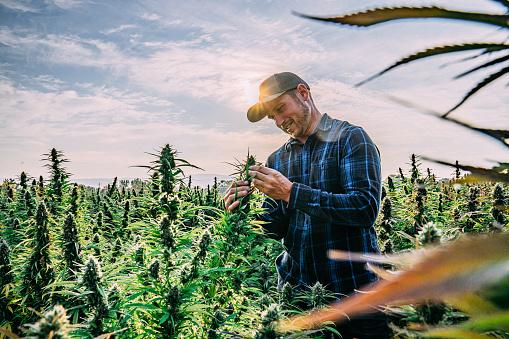
Major Considerations When Using SOG
You should consider many factors when using this method to grow your plants. Initially, this technique looks complex, but it needs little work. Even rookies can use it to grow cannabis and get decent results. You only have to follow the guidelines below to succeed in your SOG venture.
Strain selection
Your chosen strain significantly influences how much you benefit from SOG. You can have all the best tools, but you won’t get desired results if your seeds are of poor quality and genes. Look for seeds with SOG-compatible genetics. Get more information about seed strains by following this link here https://askgrowers.com/.
We recommend choosing strains from the same species, especially Indicas, because they naturally remain small-sized and mainly grow horizontally. Remember, you are striving to maximize yields without increasing your grow area. Therefore, Sativas won’t be the best bet here.
Proper pot selection
You should pay attention to the pots you use to grow your plants if you use them. Get the correct pot sizes and consider the following factors:
- Multiple plants. Consider spacing if you need to cultivate several plants in a small area. Therefore, every plant will need its pot.
- Fabric pots. Go for fabric pots instead of traditional plastic pots because the former significantly improves aeration. An excellent fabric pot increases oxygen levels and enhances moisture retention, giving your plants healthy, strong roots.
Appropriate plant spacing
Plant spacing is a vital factor for succeeding in your growing venture. You may mix high-CBD and high-THC varieties and even match them based on their terpene profiles. However, their spacing must be correct to minimize mold formation while encouraging the highest possible yields. You should also space your plants properly to give them enough light exposure and aeration.
The Process of Using SOG
So, you are already abreast of the factors to consider when using this method. Expect to spend at least four to six weeks caring for your SOG plants before harvesting. Here are the steps to follow when utilizing this cultivation method.
- Germinating. You must choose your preferred germination method. For instance, you can germinate the seeds using paper towels, a cheaper and more convenient sprouting method.
- Transplanting. After your seeds have formed seedlings, transplant them directly into your preferred growing medium, like soil or hydroponics.
- Plant vegging. Vegging is essential until your cannabis reaches at least 12 inches. However, the exact period depends on the cultivar type in your SOG and growing space size.
- Pot positioning. If you grow your plants in pots, have at least two plants per square foot. Also, provide enough light for at least 18 hours until your seedlings reach 30 cm high.
- Plant trimming. After your plants start forming a canopy, trim their lower branches. You may use the cut branches as clones or throw them away.
- Harvesting. Now here is the last stage that crowns your efforts—harvesting. Use your judgment to analyze your plants to establish the ideal harvest time.
When to Use SOG?
Timing is everything here. Doing it at the right time guarantees your overall success and vice versa. Your plant’s vegetative growth stage doesn’t need to be long. It should take one to two weeks when you deal with auto-flowering strains and clones. Three to four weeks is enough time when growing photoperiod feminized seeds.
Remember, all cannabis strains stretch to different degrees during their bloom stage. To guarantee a more compact, low-profile SOG, marijuana plants should transition to the bloom phase before becoming too big. No wonder SOG growers usually switch to the 12/12 light cycle with photoperiod strains once they are just 15-20cm tall.
Pros of Sogging Your Plants
Using SOG has many advantages that can boost your growing practice. Here are the top benefits of using this cultivation method.
- It’s the best tool for getting big yields in limited, small grow spaces.
- It has shorter growth cycles, meaning you enjoy more frequent, bumper harvests.
- The method provides you with future clones from trimmings.
- It’s the best method for commercial growers who have sufficient maintenance systems but lack time to tend to individual plants.
- Shorter plants allow for vertical, multi-level grow rooms.
- The technique suits Indica strains.
- The method is easy to use even by rookies because plant training isn’t necessary.
- Minimizing your vegetative times using SOG reduces your electricity bills. This way, you never worry about skyrocketing power bills after typical 18/6 light and dark cycles.
- Your overall maintenance levels are low, and the final plant height is medium-short. Therefore, SOG suits home growers with limited height in their grow rooms.
Cons of Scrogging Your Cannabis
While SOG has many desirable advantages over other growing methods, it has a few drawbacks worth noting. Here are some of them:
- You require enough plants to create a dense canopy. This requirement can be problematic for growers in regions where the number of plants is legally limited.
- It produces smaller plants.
- Strains are limited because they need quick vegetative cycles.
- Growing multiple strains simultaneously is difficult because the canopy must be even.
- Maintenance increases because of more plants, making accessing the canopy’s center hard unless you have systems in place.
- Increased condensation can cause pest infestation and cause it to spread faster, increasing the chance of mold.
SOG Growing Tips
Below are tips to help you get the best from your SOG project.
- Use netting. Your cannabis colas can grow big and heavy, needing a net to support the canopy to ensure the branches don’t break and they access enough light.
- Add CO2. We recommend supplementing your grow room with a CO2 tank and regulator to enhance its ppm and light penetration.
- Prune plants. Pruning protects them against diseases and reduces contact between plants to stop any infestation from spreading fast and destroying all your plants.
Conclusion
There you go with everything you need to know about the Sea of Green technique. With its pros and cons at your fingertips, we hope you will be better positioned to make an informed decision. Good luck with your next cultivation endeavor!
Author Bio
Denys Svirepchuk, an author at AskGrowers, created this article to inform beginner cultivators about the essentials of healthy, productive weed growing. Denys is always at the forefront of weed cultivation technology and know-how to bridge the gap between brands and practitioners.

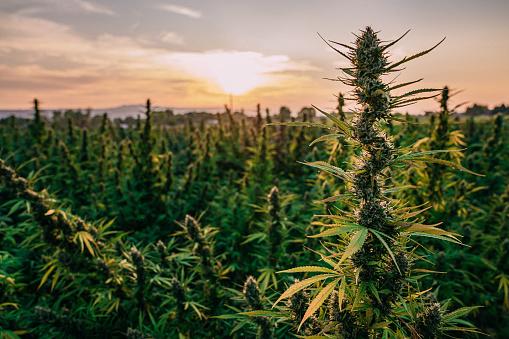








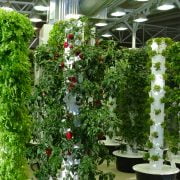

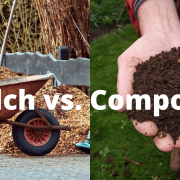
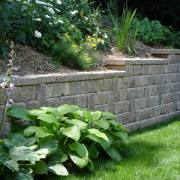
Comments